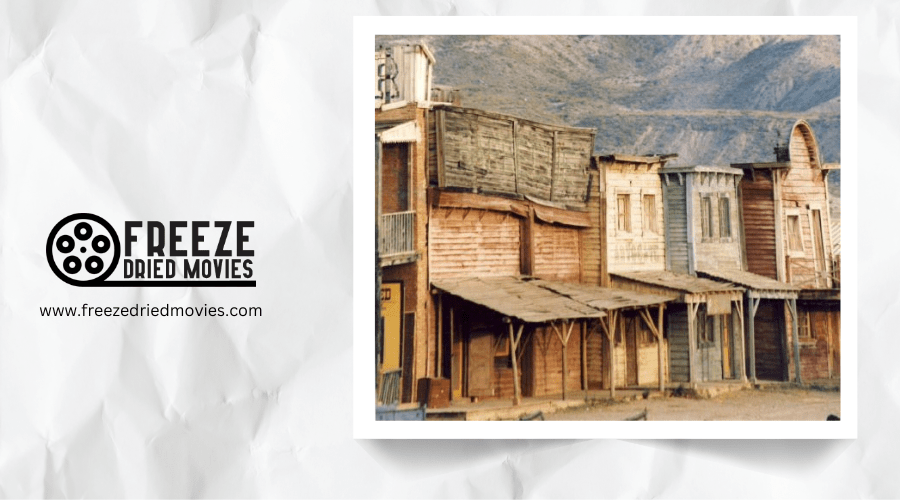Behind the Scenes: Iconic Stunts in Spaghetti Western Films

When you watch Sergio Leone's epic standoffs, you're not just seeing actors—you're witnessing carefully orchestrated danger. Those horse falls in "Once Upon a Time in the West"? Real stuntmen risking life and limb. The explosive gunfights weren't created with computer magic but with practical effects and split-second timing. Behind every iconic moment lies the sweat and courage of forgotten performers who shaped an entire genre. What did these daredevils endure to create the West's most unforgettable moments?
The Choreography Behind Leone's Legendary Standoffs
While many directors settle for generic gunfights, Sergio Leone elevated the western standoff into high art through painstaking choreography. His showdowns weren't merely exchanges of gunfire but meticulously crafted sequences where every glance, movement, and pause served a purpose.
Consider "The Good, the Bad and the Ugly" finale—an 8-minute masterpiece requiring three full days of filming. Actors spent hours perfecting each motion under Leone's exacting direction.
In "Once Upon a Time in the West," he crafted an 8.5-minute standoff where facial expressions and hand movements created unbearable tension.
Leone's collaboration with Eastwood demanded a specific gunslinger physicality. Through close-ups, long takes, and strategic pauses, Leone's choreography forced actors to rehearse exhaustively, transforming simple standoffs into cinematic masterpieces that still influence filmmakers today. Eastwood's taciturn approach established a new archetype that would influence countless characters throughout cinema history.
Horse Stunts and Falls: Daring Feats on Four Legs
Although gunfights dominated Spaghetti Western narratives, the genre's most spectacular action often occurred atop galloping horses. You'll find some of cinema's most daring horse stunts in these films, where stunt riders performed jaw-dropping feats that revolutionized action sequences.
Leone's masterful direction utilized slow-motion to emphasize the drama of these dangerous maneuvers, particularly evident in the thrilling chase scenes of "For a Few Dollars More." In "The Good, the Bad and the Ugly," riders executed a breathtaking 15-foot jump from a cliff onto a moving wagon train car—a stunt requiring perfect timing and nerve.
These films also featured meticulously trained horses performing controlled falls, creating realistic tumbles when scripted. The high-speed chases in "Once Upon a Time in the West" were extensively choreographed with multiple cameras capturing every heart-stopping moment. The introduction of CinemaScope formats allowed directors to showcase these impressive horseback sequences across the vast landscapes, creating a more immersive viewing experience.
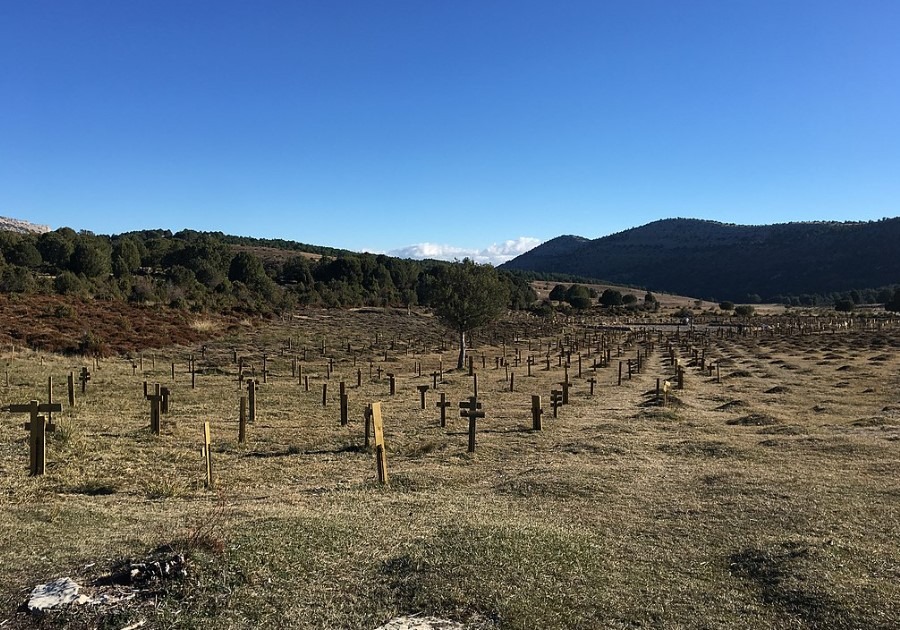
Practical Effects That Created Western Realism
Unlike today's CGI-dominated blockbusters, Spaghetti Westerns achieved their gritty realism through practical effects that put both actors and stuntmen in genuine danger. Sergio Leone famously used real gunfire during the cemetery showdown in "The Good, the Bad and the Ugly," with live ammunition delivering authentic sound and recoil that couldn't be faked.
This raw approach influenced directors like Sergio Corbucci and Sam Peckinpah, who pushed boundaries in violent western filmmaking. Clint Eastwood performed his own stunts in "A Fistful of Dollars," including a daring jump from a galloping horse onto a moving wagon.
The meticulously choreographed final duel in "Once Upon a Time in the West" required precise timing from actors, while professional stuntmen routinely executed dangerous falls and fights that created the genre's characteristic brutal authenticity.
John Wayne similarly put himself at risk during his earlier career, performing stunts in B-grade Westerns where he spent years honing his skills before achieving mainstream success.
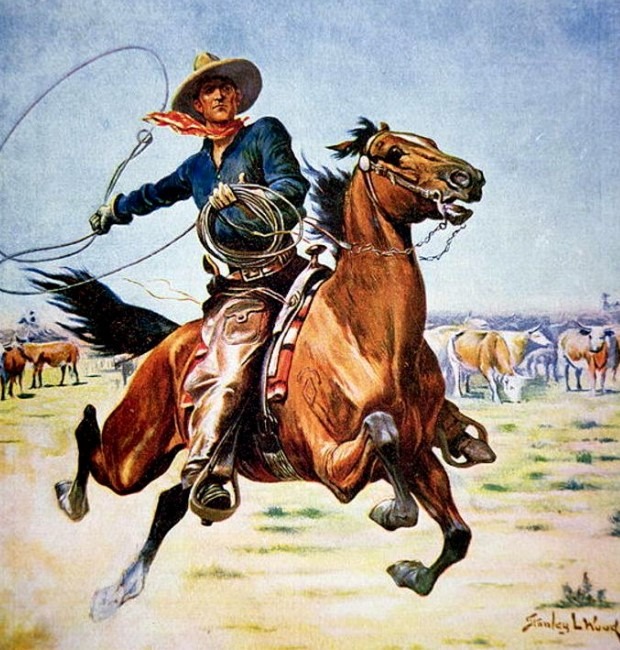
The Evolution of Gunfight Choreography in Spaghetti Westerns
The revolutionary approach to gunfight choreography in Spaghetti Westerns redefined cinematic violence by rejecting Hollywood's quick-draw theatrics in favor of psychological tension. Sergio Leone pioneered this transformation with his distinctive slow-motion sequences and extreme close-ups that captured every twitch and glance.
Clint Eastwood's stoic presence perfectly complemented this style, communicating volumes through minimal gestures. Rather than fast-paced editing, these scenes rely on meticulous blocking that builds claustrophobic anticipation.
Ennio Morricone's operatic scores elevated these confrontations beyond mere shootouts into mythic showdowns. The musical cues in films like "The Good, the Bad and the Ugly" intensify the suspense, making you feel each second before the inevitable gunfire.
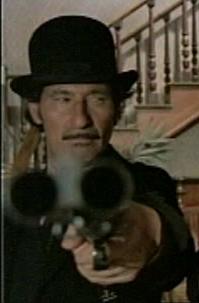
Stunt Performers: The Unsung Heroes of the Italian West
While Leone's camera lingered on Eastwood's unflinching stare, an army of fearless professionals worked behind the scenes to bring authentic danger to the screen. These stunt performers in Spaghetti Westerns risked their lives executing high-speed horse chases, perilous falls, and brutal combat sequences that became the genre's signature.
Italian talents like Gilberto Galimberti and Leopoldo Savona mastered their craft with precision that often went unrecognized and uncredited. Their physical prowess provided the raw intensity directors demanded.
When you watch these films' gritty action sequences, you're witnessing the culmination of stunt work that defined the visceral nature of Spaghetti Westerns. Behind every iconic moment of danger stood these unsung heroes, whose contributions proved essential to creating the authentic and immersive world of the Italian West.
Camera Techniques That Amplified Action Sequences
Beyond mere documentation of stunts, Leone's revolutionary camera work forever changed how audiences experienced violence on screen. You'll notice his extreme close-ups transform split-second gunfights into epic confrontations, with every squint and bead of sweat magnified for maximum tension.
In Spaghetti Western films, Tonino Delli Colli's inventive cinematography placed you directly in the action—positioning cameras at ground level or behind obstacles to immerse you in the gunplay. The unpredictable editing rhythms and jump cuts kept you on edge, never knowing when the fatal shot would come.
What truly elevated these Western films beyond mere action was the perfect marriage of visual technique and Morricone's iconic scores, turning simple stunts into unforgettable cinematic moments that continue to influence filmmakers today.
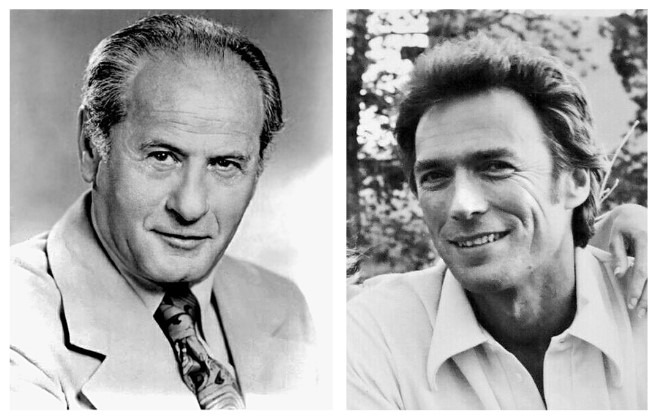
Chief Dan George with Sondra Locke and Clint Eastwood at a barbecue promoting The Outlaw Josey Wales
Dangerous Stunts That Would Be CGI Today
Looking back at Spaghetti Western classics, you'll marvel at death-defying stunts performers executed without safety nets or digital enhancement. Unlike John Wayne's American Westerns, these Italian productions pushed boundaries of physical risk.
Consider "The Good, the Bad and the Ugly," where Clint Eastwood and Eli Wallach nearly collided during the cemetery scene while riding at full speed. The famous bridge explosion scene almost injured multiple crew members, with Eastwood narrowly escaping harm from real explosives.
The film's climactic three-way standoff required precise timing to avoid actual gunfire—a sequence modern filmmakers would render digitally. Similarly, stuntmen in "Once Upon a Time in the West" leaped from moving trains, while Jean-Louis Trintignant performed dangerous fight choreography in "The Great Silence" without modern safety equipment.
How Leone's Direction Transformed Western Fight Scenes
Sergio Leone revolutionized Western gunfights by turning momentary violence into operatic spectacle. Unlike John Ford's traditionally staged showdowns, Leone's approach prioritized psychological tension over continuous action. You'll notice how he used extreme close-ups of squinting eyes and sweaty faces, building unbearable anticipation before the inevitable explosion of violence.
In "The Good, the Bad and the Ugly," Leone's genius emerges in the cemetery standoff—a scene that stretches minutes of silence into an excruciating emotional journey, punctuated by Morricone's haunting score.
His "Once Upon a Time in the West" showdown similarly transforms a brief violent exchange into high theater through meticulous staging and patient camera work.
Leone's greatest innovation wasn't portraying violence itself but the electric moments before triggers were pulled, forever changing how audiences experience Western confrontations.
The Legacy of Spaghetti Western Stunt Work in Modern Cinema
The raw, visceral stunt work pioneered in spaghetti westerns continues to cast a long shadow over today's action cinema. When you watch contemporary westerns or action films, you're seeing the direct influence of Sergio Leone's strategic camera placement and tension-building techniques.
Modern filmmakers frequently pay homage to the Western genre's practical stunt work through:
- Long, contemplative takes that build suspense before explosive action
- Physically demanding sequences that echo the dangerous stunts performed by Eastwood and Van Cleef
- Renewed emphasis on practical effects over CGI to capture authentic energy
- Stylized sound design inspired by Morricone's iconic scores
This return to the gritty realism of Spaghetti Western filmmaking has revitalized action cinema, with directors seeking to recreate that same visceral impact through bold camerawork and authentic stunt choreography.



